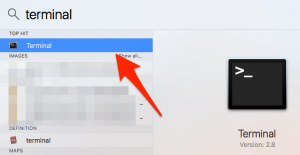

It is a free tool, you can donate to support the development. For mac, you can use SequelPro to manage local and remote mysql databases. We will install MySQL using Homebrew, which will also install some header files needed for MySQL bindings in different programming languages (MySQL-Python. It is always nice to have a GUI tool for managing databases. If you wish to change it though, you can use $ mysqladmin -u root password 'new-password'.

It doesn't really matter for a local development database. Note: By default, the MySQL user root has no password.

If you want just the command line console (psql) to access remote databases, see here. To connect with the command-line client, run: $ mysql -uroot Typical installation of server looks like brew install postgresql This installs the command line console (psql) as well as a PostgreSQL server locally, so you can create your own databases locally if desired. You can see the different commands available for rver with: $ rver -help To stop it when you are done, run: $ rver stop Or, if you don't want/need a background service you can just use the rver tool: $ rver start To have launchd start MySQL now and restart at login: $ brew services start mysql To install, run: $ brew update # Always good to do We will install MySQL using Homebrew, which will also install some header files needed for MySQL bindings in different programming languages (MySQL-Python for one).


 0 kommentar(er)
0 kommentar(er)
